Ridiculously prolific pony writers Kelly Wilson and Stacy Gregg each take a very different approach to their work but at the heart, their inspiration is always horses. This double interview sees them discuss their latest books, due out this month.
Kelly’s Saving the Snowy Brumbies charts her latest adventures with wild horses in Australia and Showtym Adventures – Dandy the Mountain Pony is the first in her new middle-grade series based on her childhood. Meanwhile, Stacy’s new title, The Thunderbolt Pony, strikes close to heart and close to home.
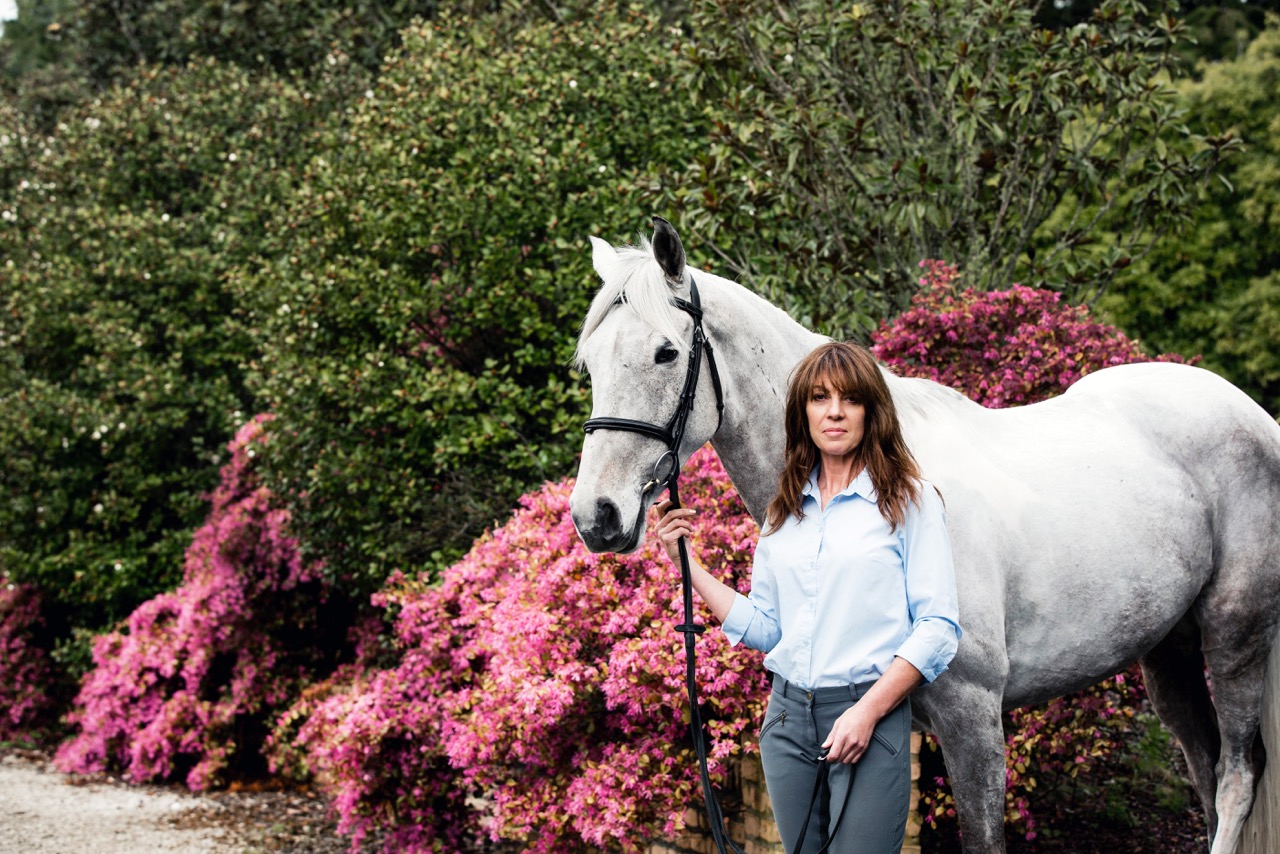
Stacy Gregg: Kelly Wilson! It’s so great to be talking to you via email. We’ve met before at book signings and caught up for lunch to talk about our work. I first knew you as a rider – you and your sisters Amanda and Vicki were always absolute superstars on the competition circuit and everyone knew you as those crazy girls from up North who could jump grand prix without saddles. My own daughter was, and still is, a huge fan and she always wanted to attend one of your legendary pony camps. So it’s lovely to be talking to you today, in your writing guise.
Kelly Wilson: Thanks so much Stacy! I can still remember the first time I met you because it was so daunting speaking alongside you at an event. I was, and still am, a huge fan of your books. I’m very much looking forward to your latest one, The Thunderbolt Pony, coming out.
S: As I write, I have just learned that my advance copies have arrived – which is always the exciting bit, to finally have the book in your hands! The Thunderbolt Pony is set in Kaikoura after the earthquake and my heroine has Obsessive Compulsive Disorder – it’s a bit of a departure from my previous work.
I’ve just been reading your two new ones: Saving The Snowy Brumbies, and the first in your new Showtym Adventures series – Dandy, the Mountain Pony. Both books are based entirely on your real life and yet they are very different reads and intended for different markets.
K: Saving the Snowy Brumbies carries on from our work taming wild horses around the world, and for me it was one of the most heartfelt and challenging journeys of them all. Due to the small physical size of the Brumbies, we had to mentor children to help us ride them: watching these kids work with the Brumbies was actually what inspired my Junior Fiction series, Showtym Adventures.
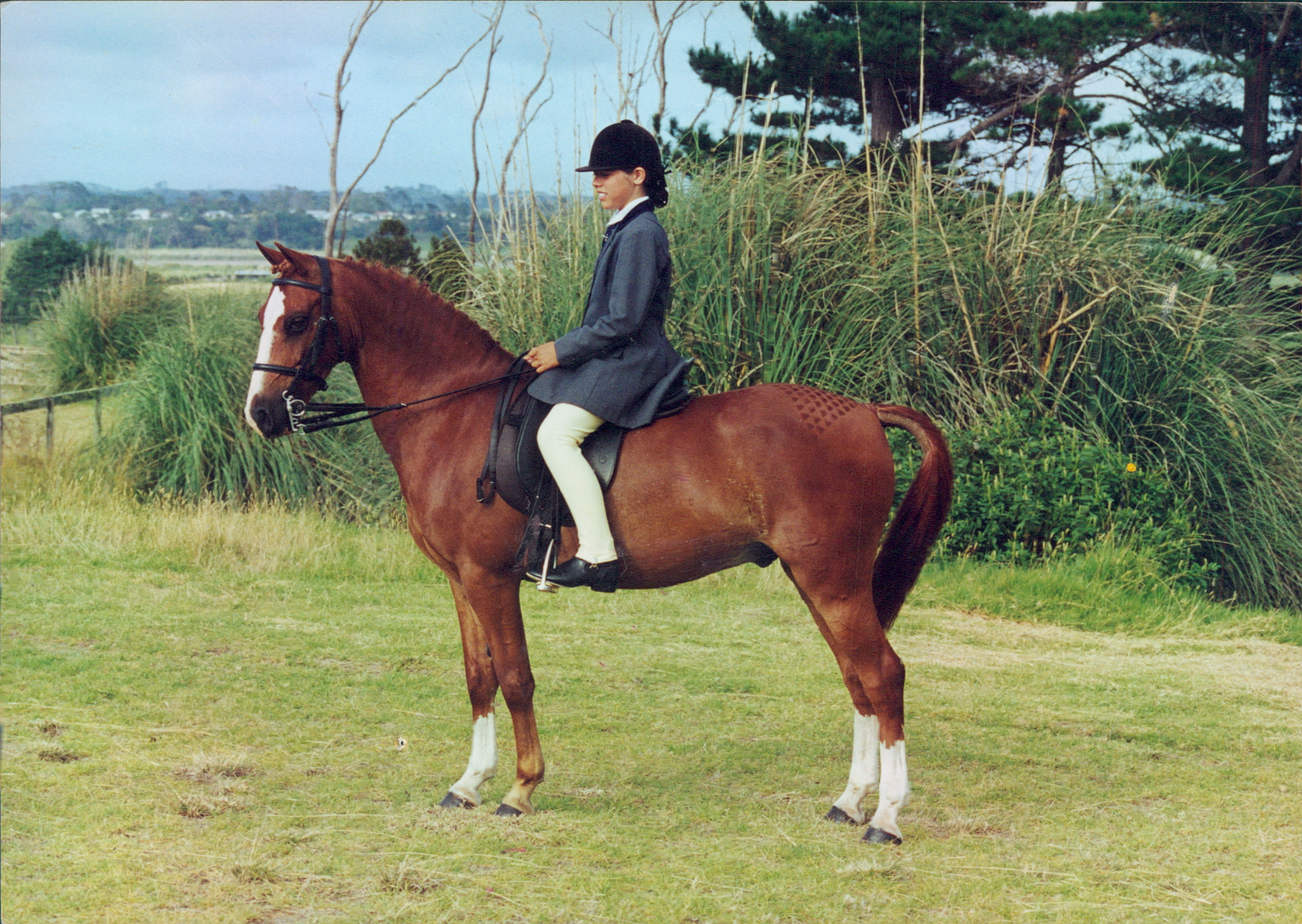
Seeing the trials and triumph of the kids as they navigated the challenges of taming their first wild ponies parallelled our own childhoods. Vicki was only nine years old when she got her first pony from the mountains. I felt compelled to share our early adventures and so Dandy, the Mountain Pony was born.
K: What about your latest book? Is it inspired by real life events or characters?
S: The Thunderbolt Pony is an acknowledgement of what the kids in Christchurch and Kaikoura have been through. The focus, post-earthquake, often seems to be on rebuilding cities and infrastructure, but we also have to think about rebuilding hearts and minds. A recent study showed that four out of five children in Christchurch now have PTSD.
My heroine Evie has OCD, and now this devastating earthquake has shaken her world apart.
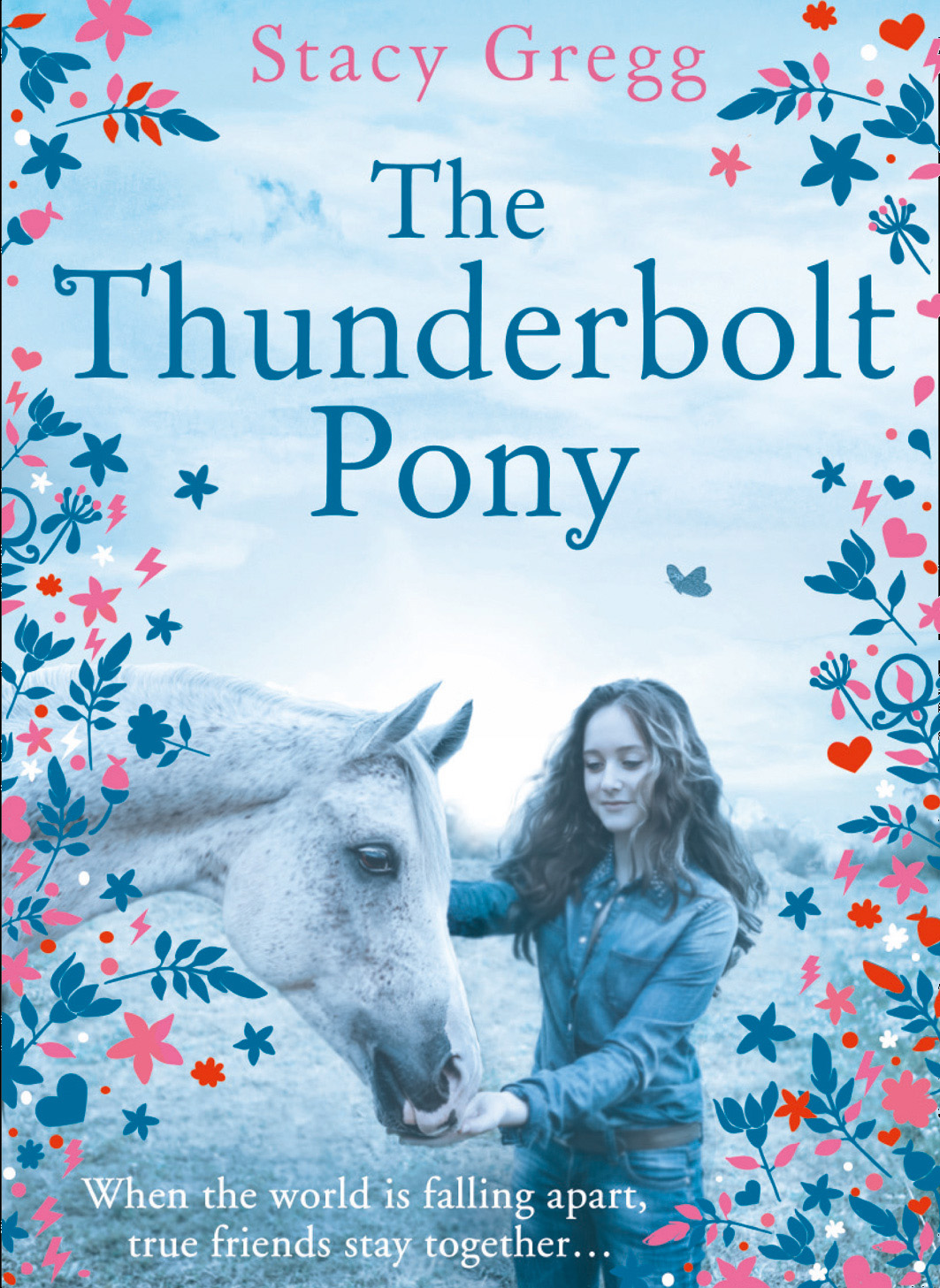
S: Does including yourself and your sisters make the writing process easier or harder?
K: At times it can be challenging, because it seems surreal that people want to read stories based on our real-life events, but at the same time it’s a huge honour. I’ve never written fiction, and I imagine it’s harder, so I have a lot of respect for you – I am only recounting real life events so it requires a little less creativity.
I also have a photographic memory, which makes it easier for me to remember details from a lifetime spent with horses. Also, both of my sisters, Vicki and Amanda, and our parents read over and edit every book, before it gets sent to the publishers, to make sure it’s based on our collective memories, not biased from my point of view. Sometimes I think of working completely in fiction but I wouldn’t know where to begin!
…both of my sisters, Vicki and Amanda, and our parents read over and edit every book, before it gets sent to the publishers, to make sure it’s based on our collective memories…
K: How did your own journey begin and how do you come up with new ideas for your books?
S: Well perhaps if I could ride as well as you, I wouldn’t need to resort to fiction! I wrote my first series Pony Club Secrets as a kind of wish fulfillment – it was the only way I was ever getting to the Badminton Horse Trials! I see those elite riders like Mark Todd and Andrew Nicholson and Pippa Funnell as superheroes.
The way I write fiction is really as a massive conglomeration and exaggeration of things I pull out of real life. All my books since The Princess and the Foal have been based on true stories, and I like that grounding in reality. It’s the ex-journalist in me – I do a lot of research before I start to write. Of course, since my “research” involves riding horses through the Arabian deserts or going to the circus in Moscow, it’s a good gig.
The thing about your work, is that even though you’re writing non-fiction, there is such a compelling narrative to it. I loved Saving the Snowy Brumbies, and I really admired the way you could move the story forward so effortlessly. Even though it’s theoretically in the same terrain as Stallion Challenges and Mustang Ride, your two previous books about the wild Kaimanawas and your journey to the States to work with wild mustangs, it’s somehow a totally fresh story. I love the way you handle horsey detail too, and you don’t dumb things down for the reader.

K: It’s amazing the places we end up, and the people we meet because of our writing. We’ve been privileged to meet some of the world’s best horsemen and women and our work with the Mustangs and Brumbies certainly wouldn’t have happened without it.
I think one of the most rewarding parts about our work with horses is being able to showcase how much they’re truly capable of and how well they can adjust to domestication. From a young age, because of a lack of money, we had to tame feral ponies or rehabilitate difficult ponies that no one else wanted because that was all we could afford.
S: See, this is why your real life makes such great almost-fiction! You and Amanda and Vicki are actually the classic template of all great pony books – the girls with big hearts and absolutely no money who find an unloved pony and with hard work and natural talent you make them a champion against the odds. If I tried to pitch that as straight fiction it would be dismissed by my editor as too cheesy!
You and Amanda and Vicki are actually the classic template of all great pony books…
There’s definitely something very classic in that old-pony-novel mode about Showtym Adventures: Dandy the Mountain Pony. It’s got that same pace and style that those vintage British horse novels have. Like, it can take you a whole chapter to feed Dandy an apple – much more realistic than my fictional time-frames I work to in my books! And for girls who really love horses they’ll be transfixed by your genuine true life details like cutting the wheelbarrows full of grass to feed the ponies because you can’t afford to buy them hay.
Did you have favourite horse novels in the same vein when you were a girl?
K: My favourites were the Silver Brumby series and My Friend Flicka.
When I first started writing it was something I just fitted into my spare time – I didn’t think of myself as an author and it wasn’t until my third book came out that I realised it was how I identified myself. Now I have six books published and a dozen more in the planning stages so it’s now become my biggest passion and priority (after riding, of course)!
I’ve never had writer’s block, but with such a busy life I often struggle to find the time to write – last year I was away from home for five months. I’m lucky that writing comes easily to me, otherwise it would be impossible with the time I spend working horses; normally I can write about 1000 words an hour and it’s generally good enough to go straight to the editor. It’s the horses that keep my passion alive though – I’ve got four in training at the moment.
I’m lucky that writing comes easily to me, otherwise it would be impossible with the time I spend working horses…
As for routine, it’s nonexistent! I normally check the weather and ride when the sun’s shining, then curl up in front of the fire to write if it’s wet.
How long do you generally spend writing your books?
S: It took me a long time to think of myself as an author too. I think by book 3 in the Pony Club Secrets series I learned how to structure a story, and by book five I really hit my stride. Then I changed to the hardback standalone fiction that I write now and that was a whole different discipline. I take about a year to write a book now – three months of that is research and planning, three months is the first draft and then it’s a back-and-forth with my editor to knock it into shape ready to go to press, and then three months of touring and publicity and preparing to do it all again.
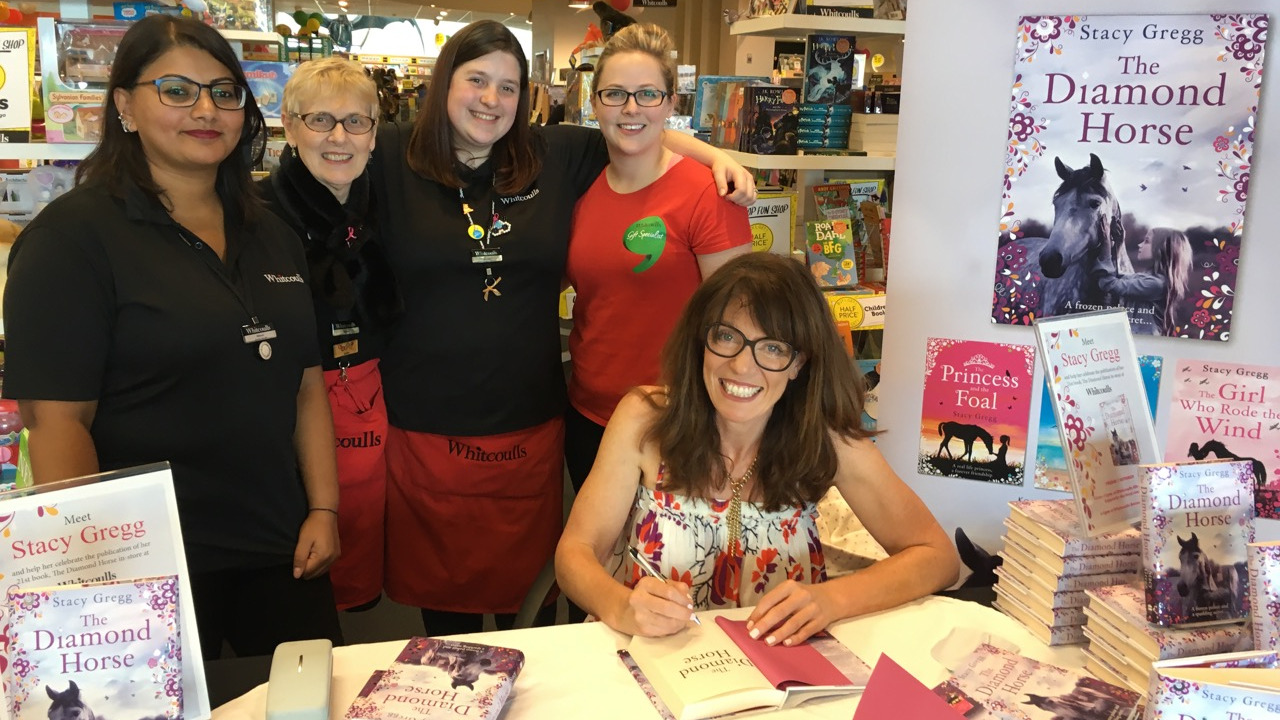
I map out a whole story arc before I begin. When I write, I’m fast. I will hammer out 3-4,000 words in a day. There’s always a point when you are working through the manuscript, usually around chapter 5-6, when you decide it is utter rubbish and you are deeply talentless – and you just have to remind yourself that you’ve done it before and it will come right if you gird your loins and push through.
What phase in the writing cycle are you on at the moment? Have you got new work underway?
K: I have four books at different stages at the moment! I’m touring and doing publicity for Saving the Snowy Brumbies and Dandy, the Mountain Pony, editing Cameo, the Street Pony which is the second book in the Showtym Adventure series, and I’m halfway through the first draft of the third book as well. There’s a few fiction books I’d love to start, as well more adventures with the wild horses, but I’m fairly committed for the next few years!
Most of your books are for Junior Fiction right? Have you ever thought of writing a picture book, or something for adults?
S: Yes, so far I’ve written exclusively for middle grade (age 7-12) and I really love that demographic. It’s the age before they go all cynical and dark and YA. Middle graders are still comfortable admitting that they adore horses and they love your books. And ohmygod they are funny! When I started out I used to feel really uncomfortable touring and meeting kids – I think I couldn’t understand why they wanted to meet me and it freaked me out. Now, I embrace it and we have fun together and I enjoy it as much as they do.
Middle graders are still comfortable admitting that they adore horses and they love your books. And ohmygod they are funny!
I really like talking to co-ed groups – winning over the boys who think that pony books are girly until I tell them gruesome details about how you die in disgusting ways from the black plague (The Island of Lost Horses) or about killing yourself crashing headlong into stone walls riding in the world’s most dangerous horse race, the Palio (The Girl Who Rode The Wind).
I have never considered writing outside middle grade until very recently – I’ve had an idea for an adult book that I’m working on and I’d be keen to try my hand at picture books too.
Can you imagine writing a book that doesn’t have a horse in it?
K: My younger sister is a master at coming up with book ideas; she’ll tell me a plot outline in seconds and already I can imagine how the characters and plot would develop! Not one of them has horses in them, so perhaps one day I’ll convince her to let me write them. She’s currently writing two books and I have a feeling she’s also going to be a bestselling author, so I imagine she’ll keep them for herself!
But maybe one day I’ll come up with my own ideas and start a writing career completely out of my comfort zone – fiction and without horses!
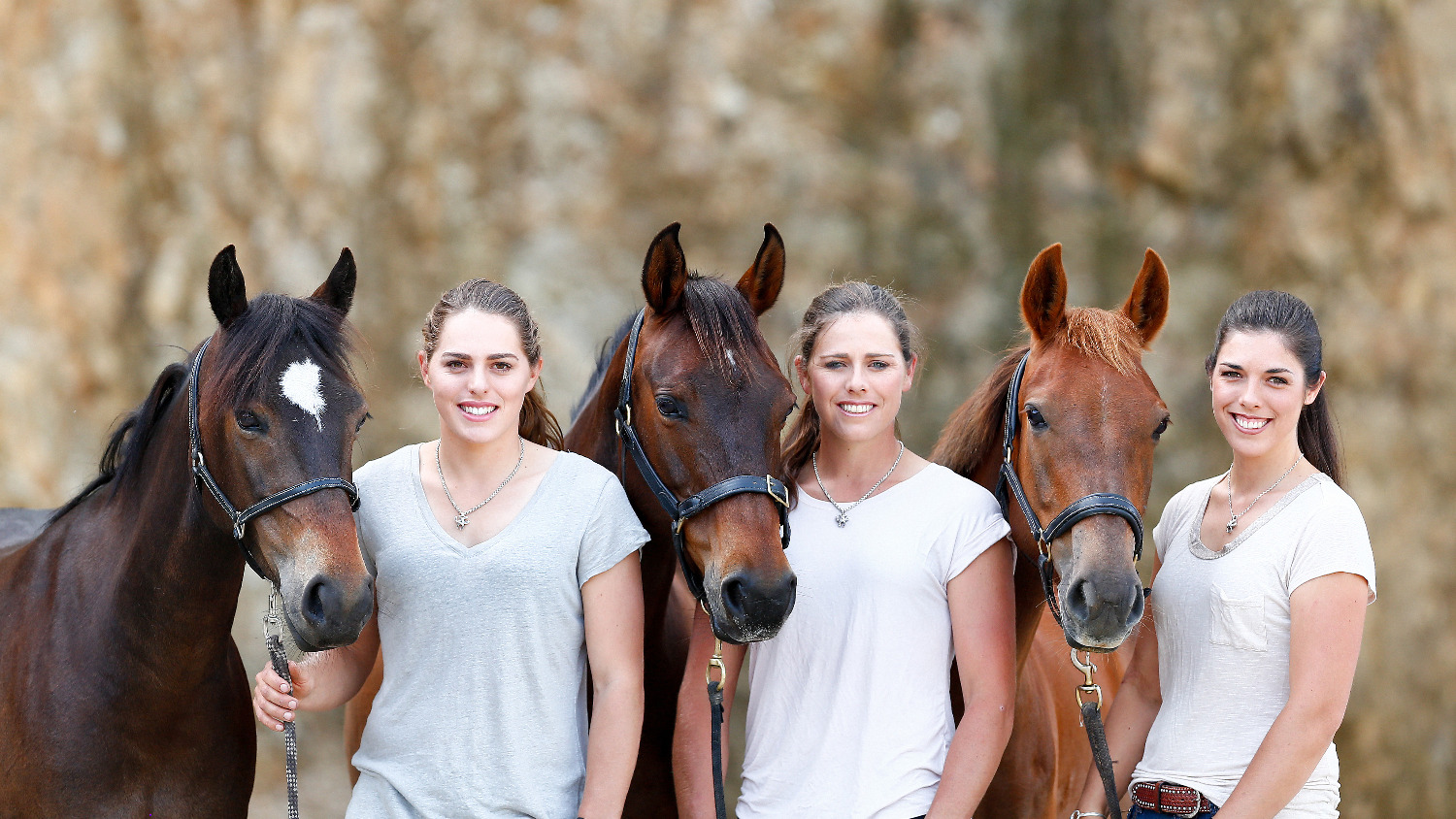
What about you? Could you imagine researching about other animals or world issues as the basis of your books?
S: I think my books naturally have grown broader – The Diamond Horse was a push towards magical realism with a Russian menagerie of strange, wild creatures. I loved writing the characters of Boris the tiger and Igor the Borzoi just as much as the Sasha and Drakon the Orlov Trotters. The new book, The Thunderbolt Pony, also prominently features other animals – a Cornish Rex cat called Moxy and a border collie, Jock – who are just as much in focus as Gus the horse.
I guess the question is not whether I could write a book without horses – because I’m sure I could. It’s whether I feel the need to stop writing about horses. And I definitely don’t. I remember there was this realisation I had when I was working on book five in the Pony Club Secrets series, Comet and the Champions Cup, that I could keep on doing this forever. That book is still my favourite in the series and I still feel that way. Horses never stop fascinating me.
I guess the question is not whether I could write a book without horses – because I’m sure I could. It’s whether I feel the need to stop writing about horses. And I definitely don’t.
K: The feeling is mutual! Horses will, and always have been a huge part of my life, and there’s so many books I can imagine penning in the future! It has been fabulous talking with you Stacy and I wish you all the best for the launch of The Thunderbolt Pony – I’ll be reading it for sure.
S: Me too. Looking forward to the next installment of life with the Wilson Sisters…
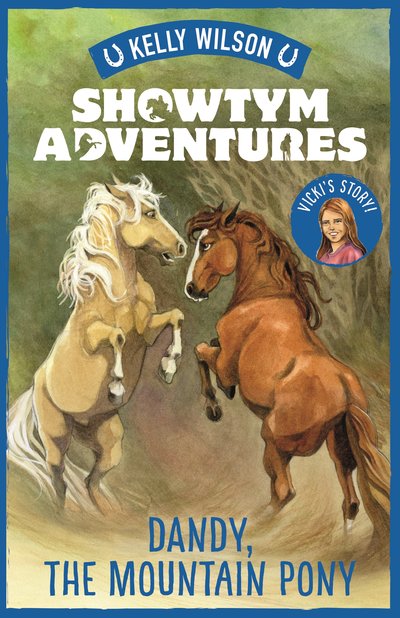
Showtym Adventures: Dandy, the Mountain Pony
By Kelly Wilson
Published by Puffin
RRP: $14.99
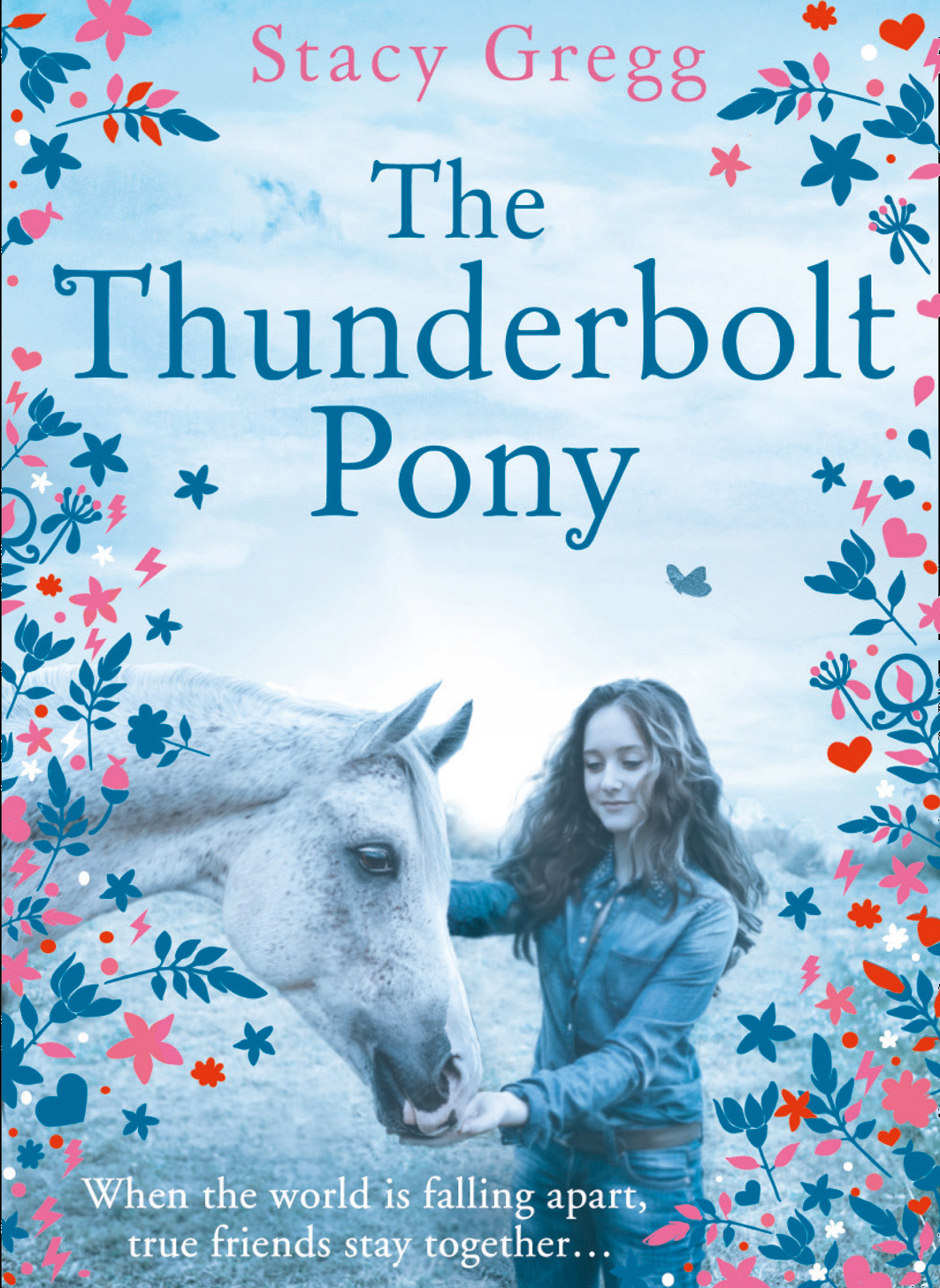
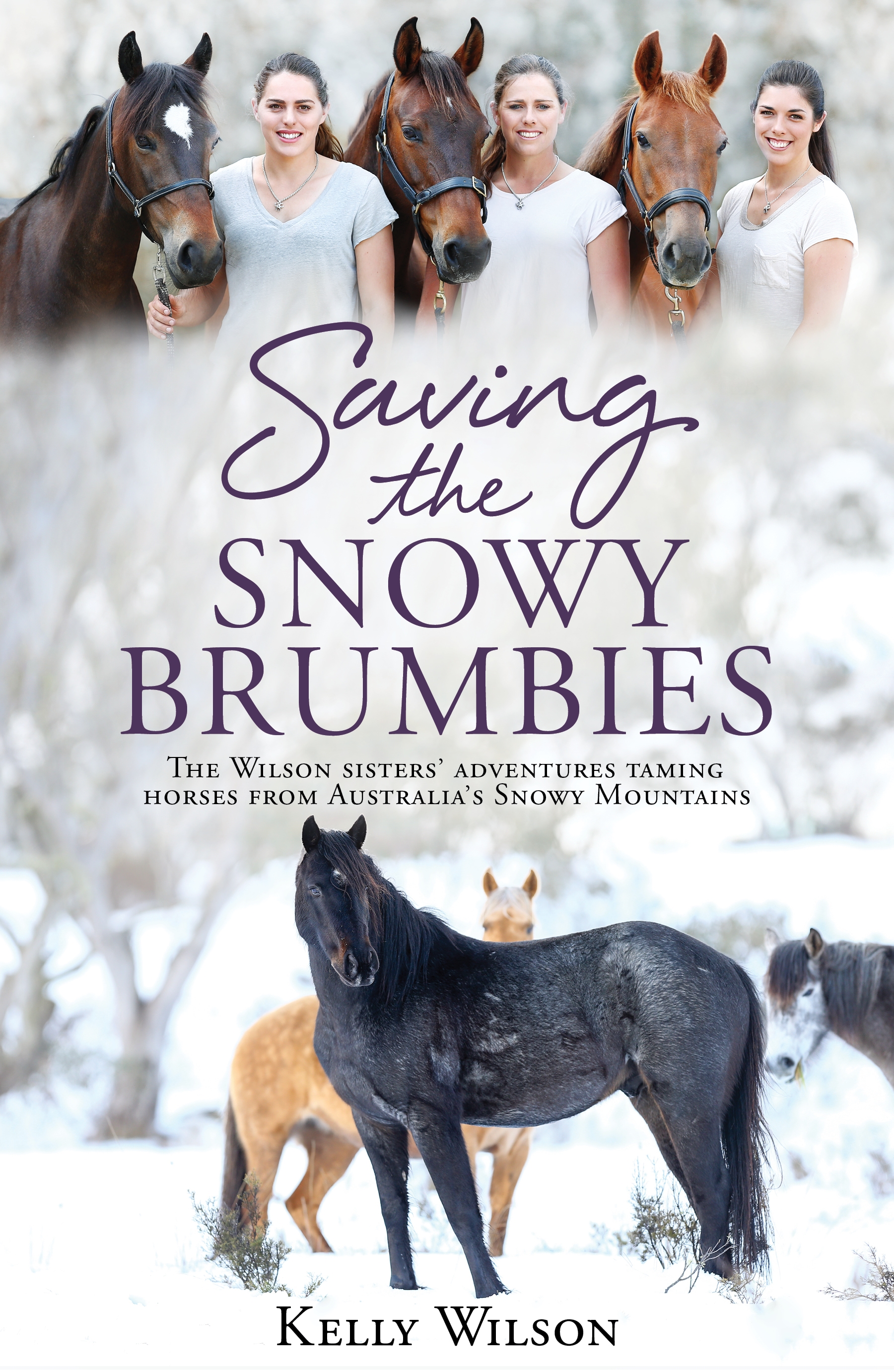
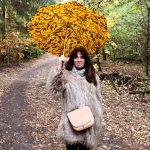
Stacy Gregg
Stacy Gregg (Ngāti Mahuta) began writing fictional novels about horses for children in 2007, with Mystic and the Midnight Ridethe first in her ‘Pony Club Secrets’ series. Gregg has since written a number of books in the ‘Pony Club Secrets’ series, set in the imagined Chevalier Point Pony club in New Zealand. She is a three-time winner of the Children's Choice Junior Fiction category of the New Zealand Post Book Awards for Children and Young Adults for her novels: The Princess and the Foal(2014), The Island of Lost Horses(2015), The Girl Who Rode the Wind (2016).



